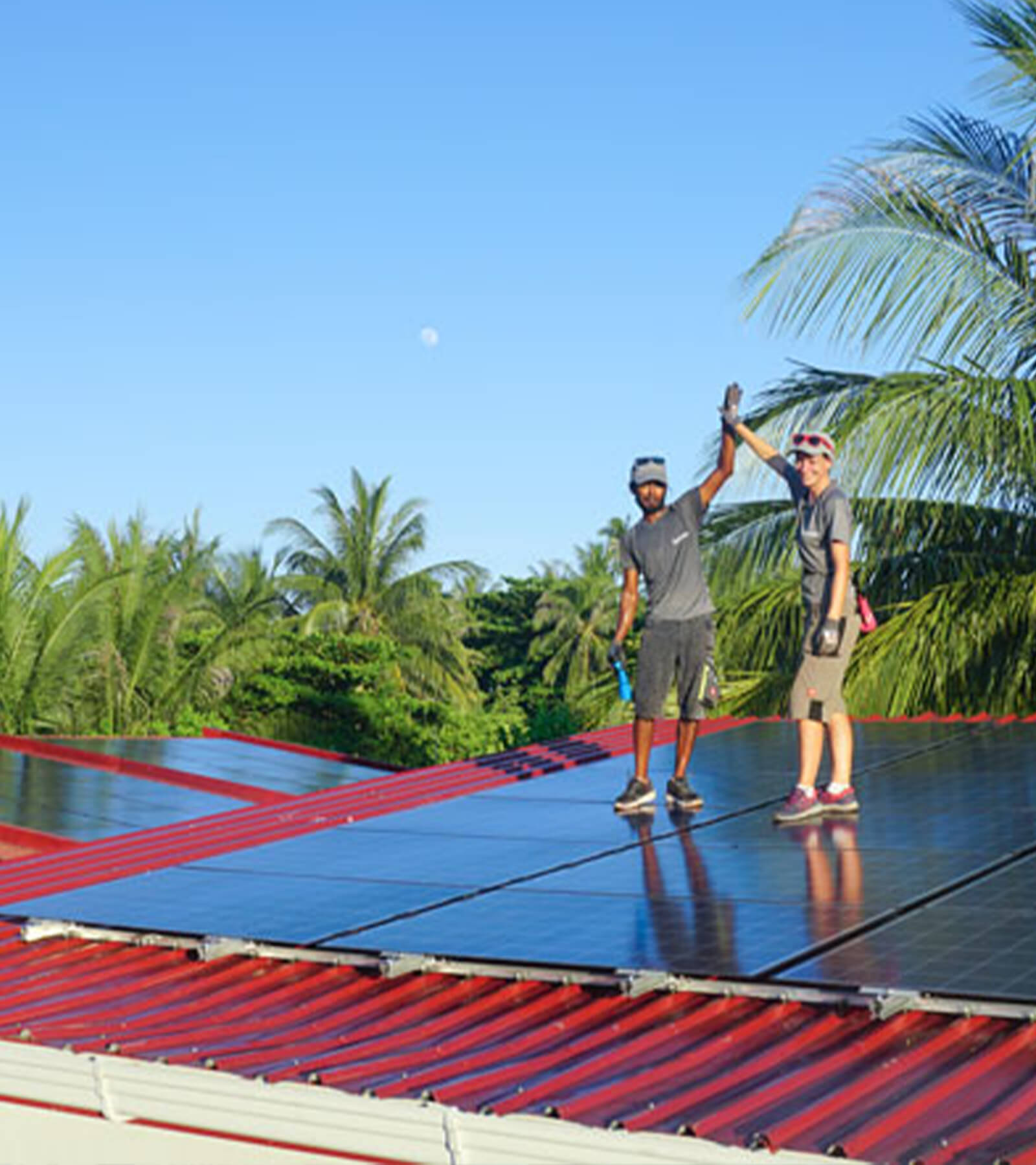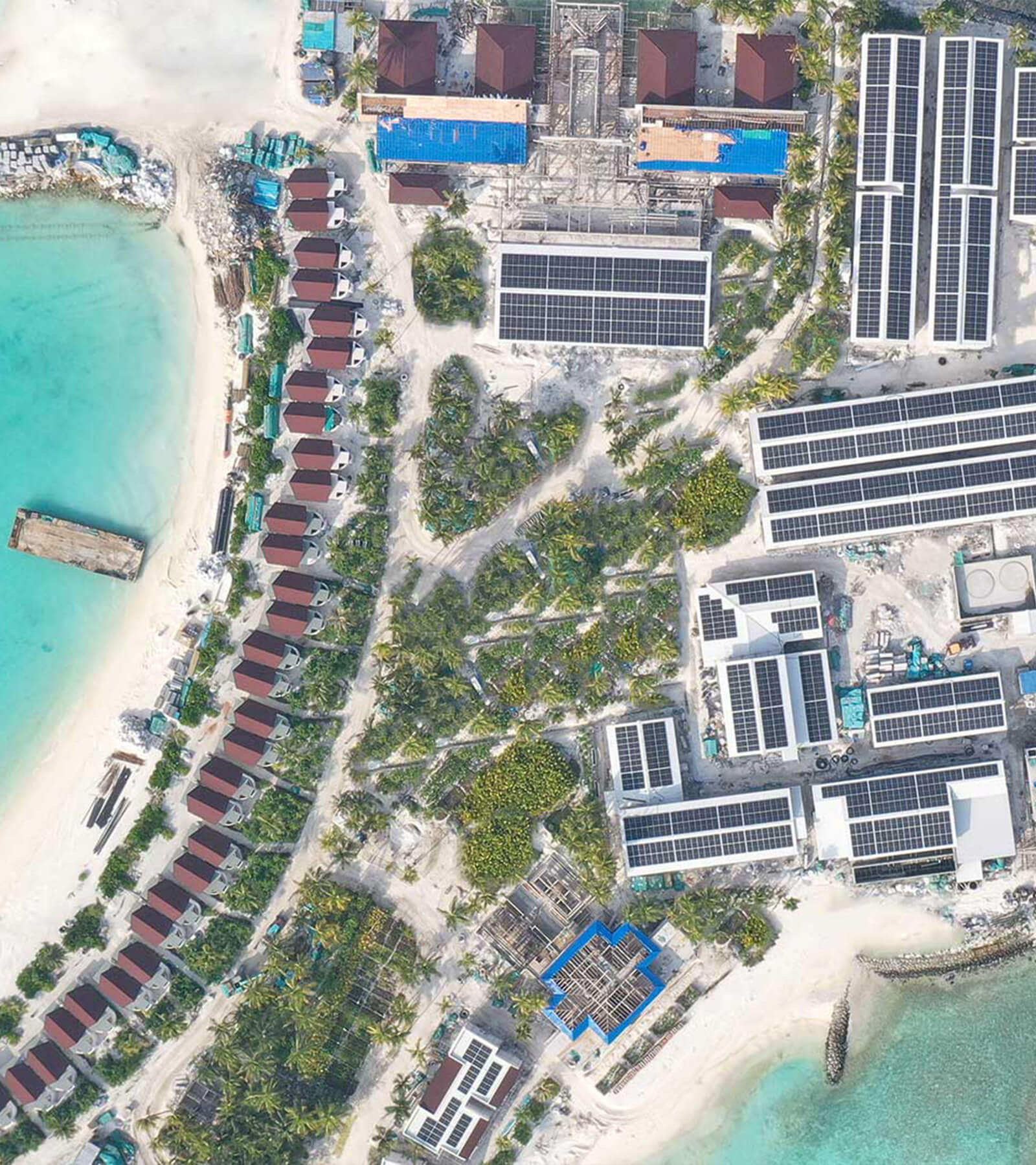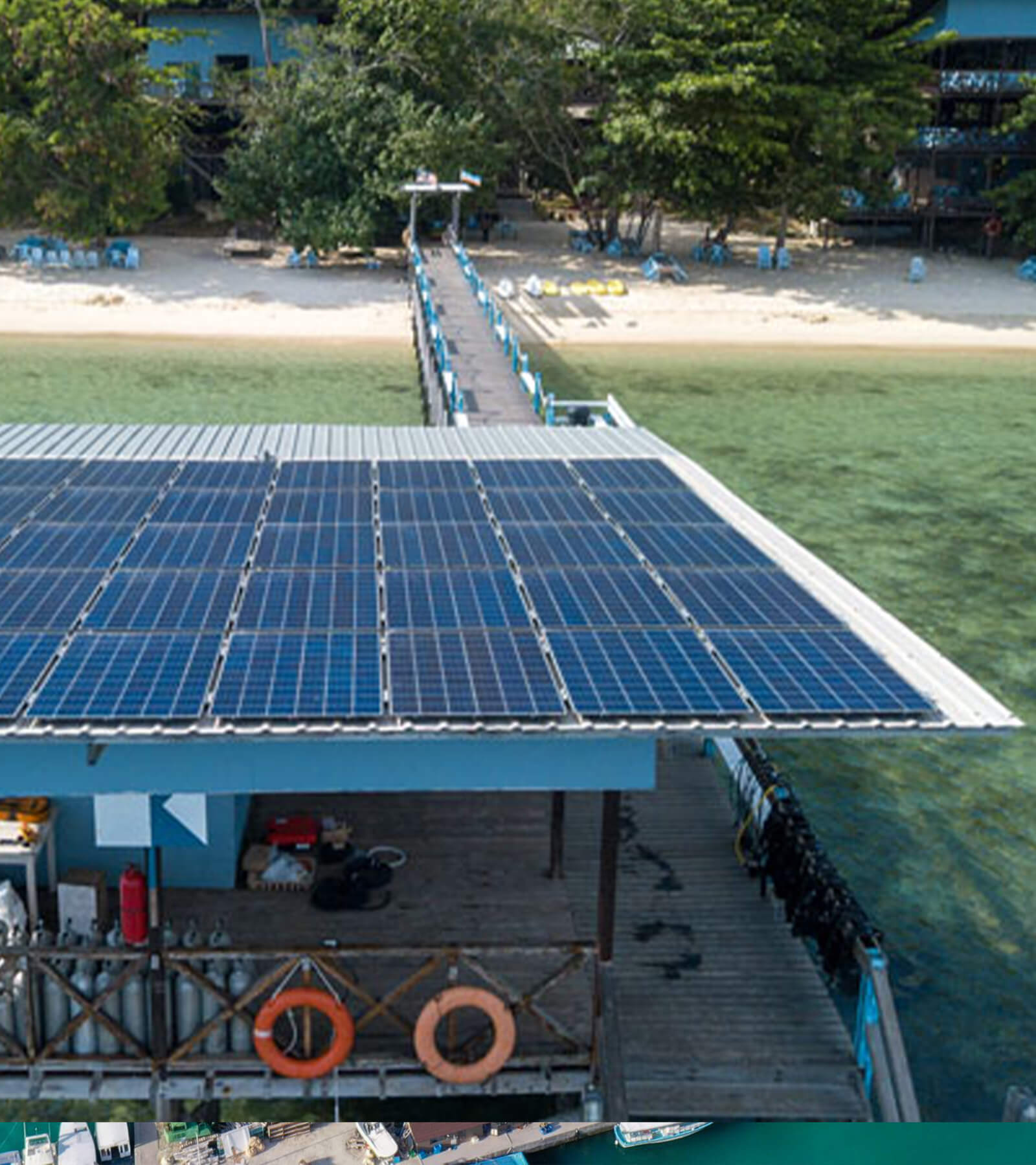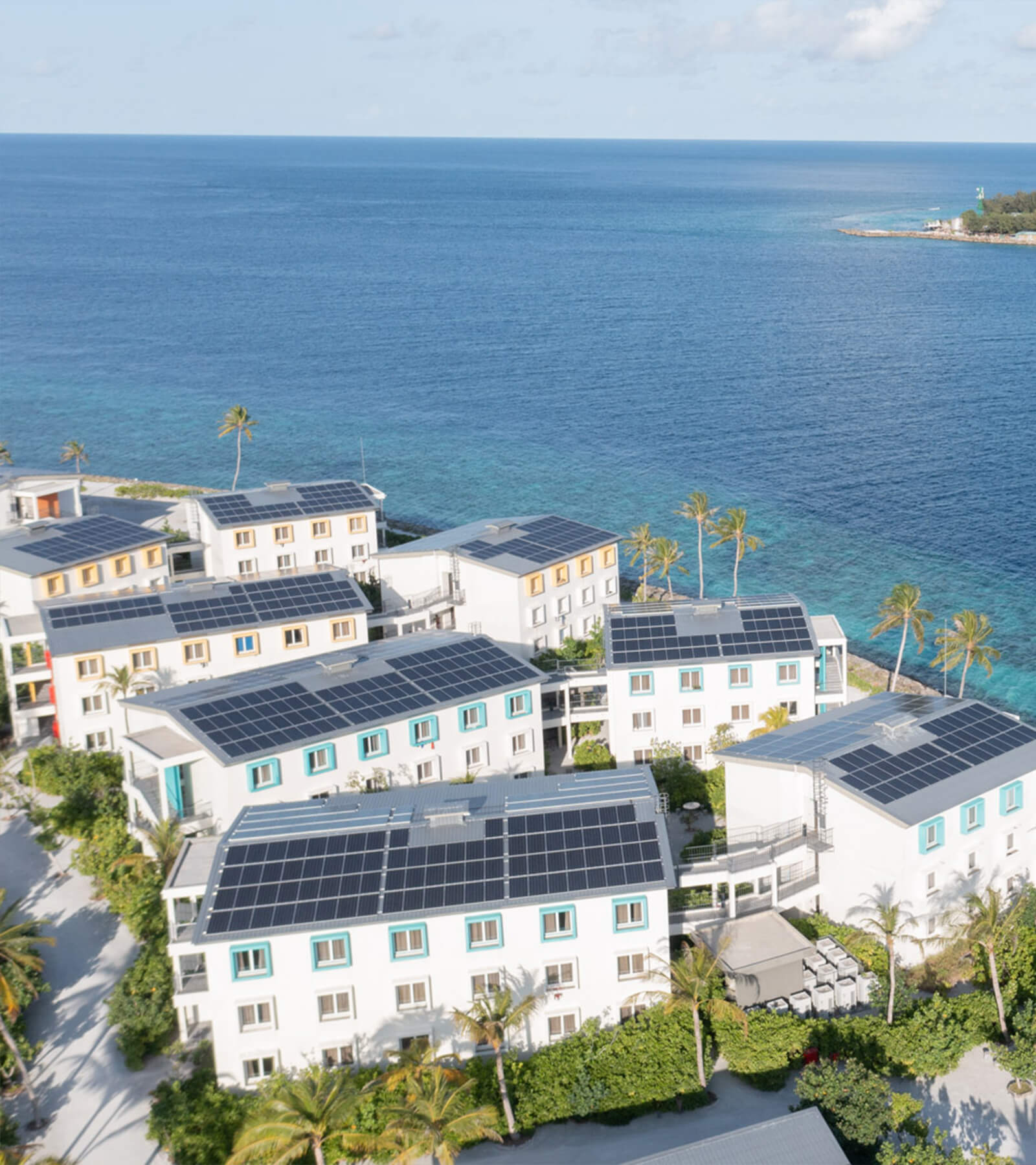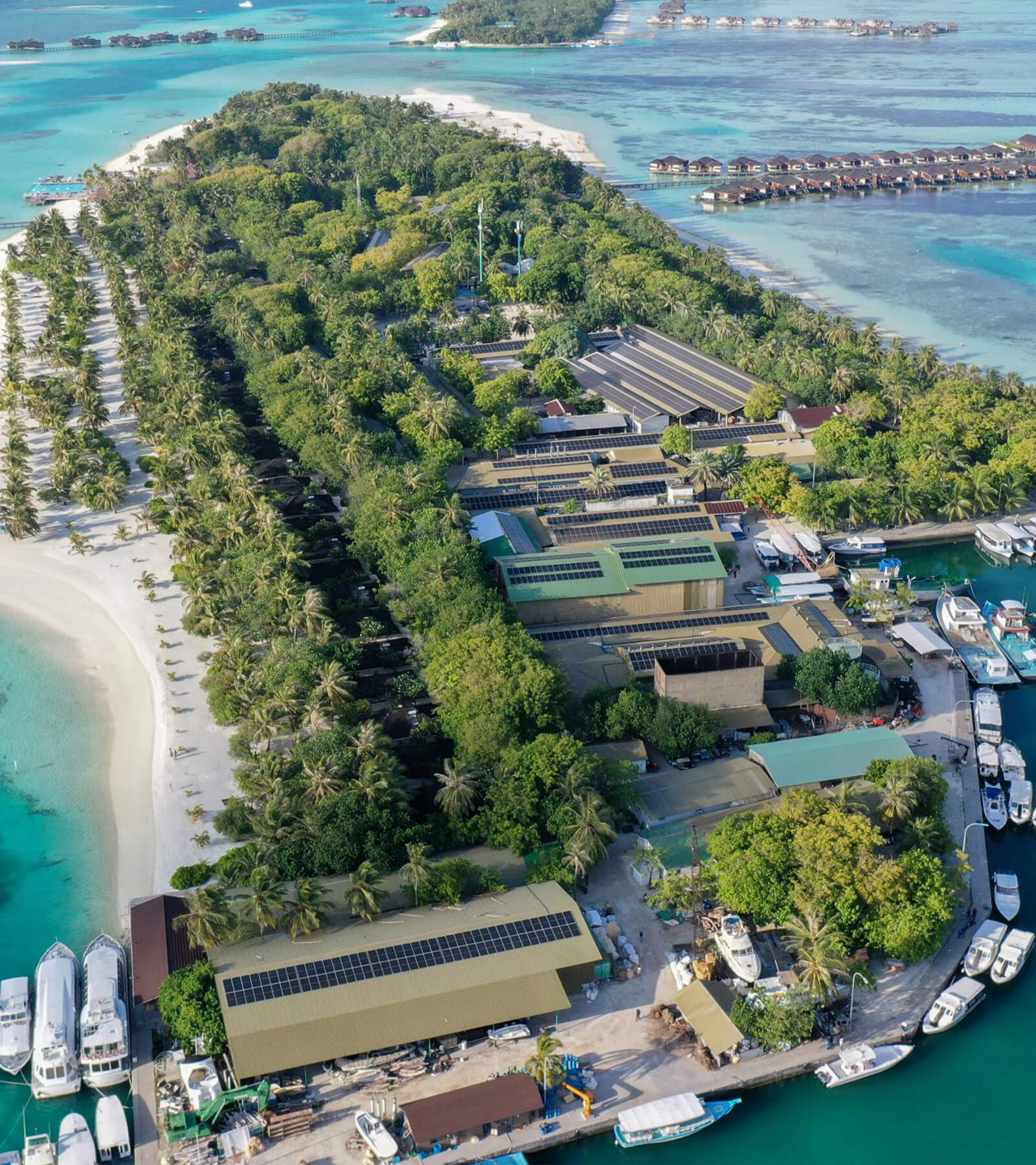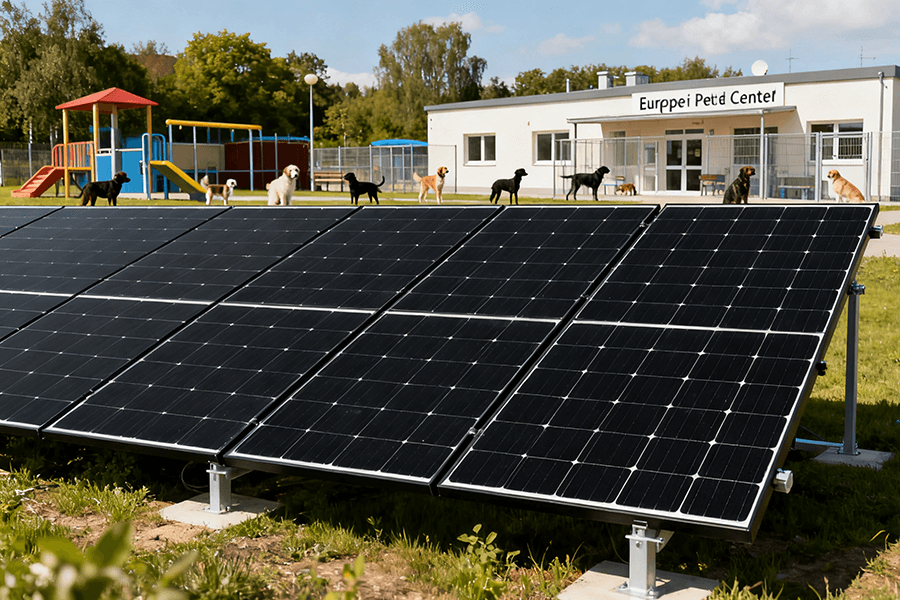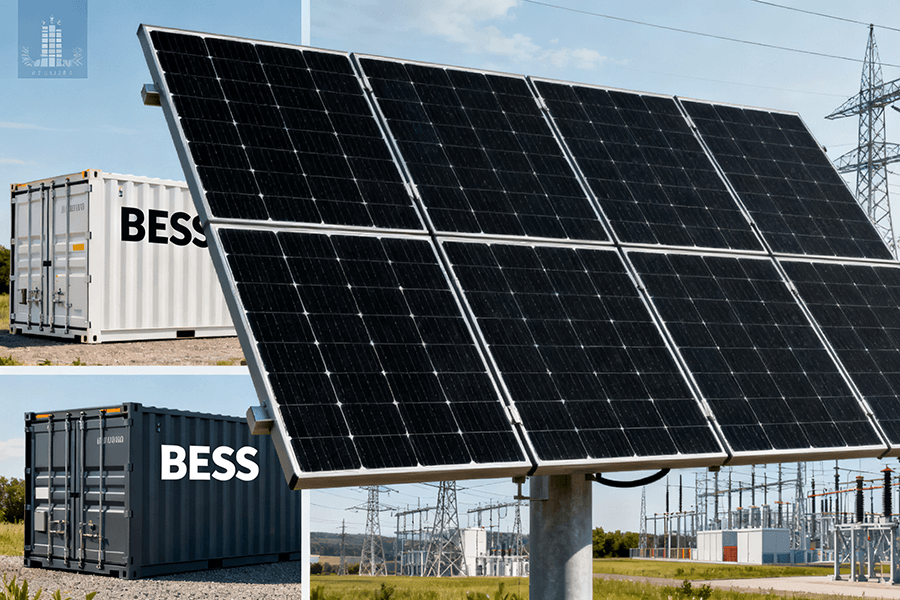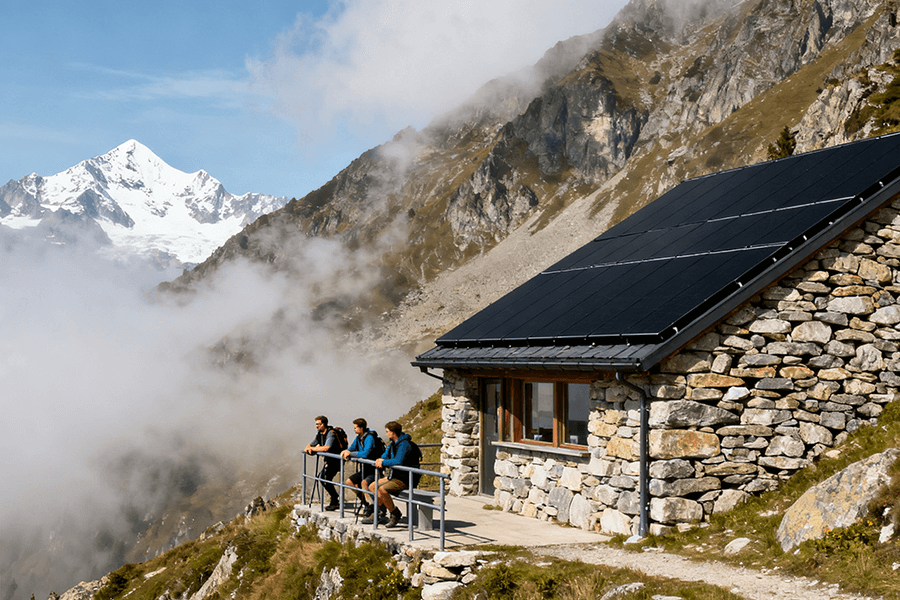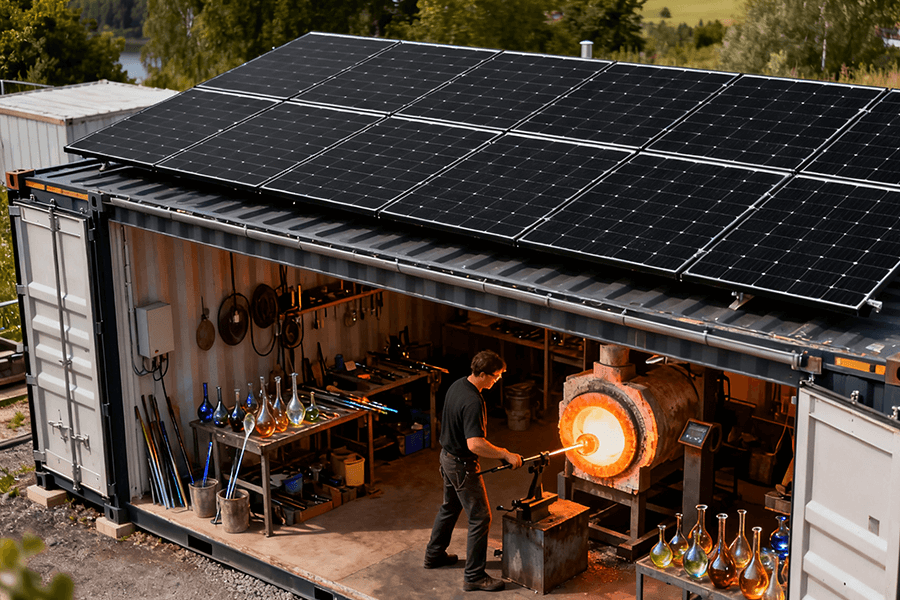The “Catenary Conundrum” is real: overhead wires cost $2-4M/km, trigger delays, and clutter landscapes. But 2025’s BESS Container Railway Electrification cuts the cords! Battery-electric trains now recharge in minutes at stations via containerized “power banks” (opportunity charging) or juice up overnight at depots – slashing infrastructure costs by 30% (McKinsey, 2024).
This isn’t sci-fi: Stadler’s catenary-free trains in Germany and UK depot projects prove it works. By storing off-peak renewables, BESS containers enable decarbonization on non-electrified routes, from Swiss Alps to California.
So, why Maxbo Solar? Our railway-grade BESS containers (LFP batteries, -30°C to 55°C operation) are electrifying corridors globally – like Belgium’s 40%-cheaper depot charging. Ditch wires, embrace resilience.
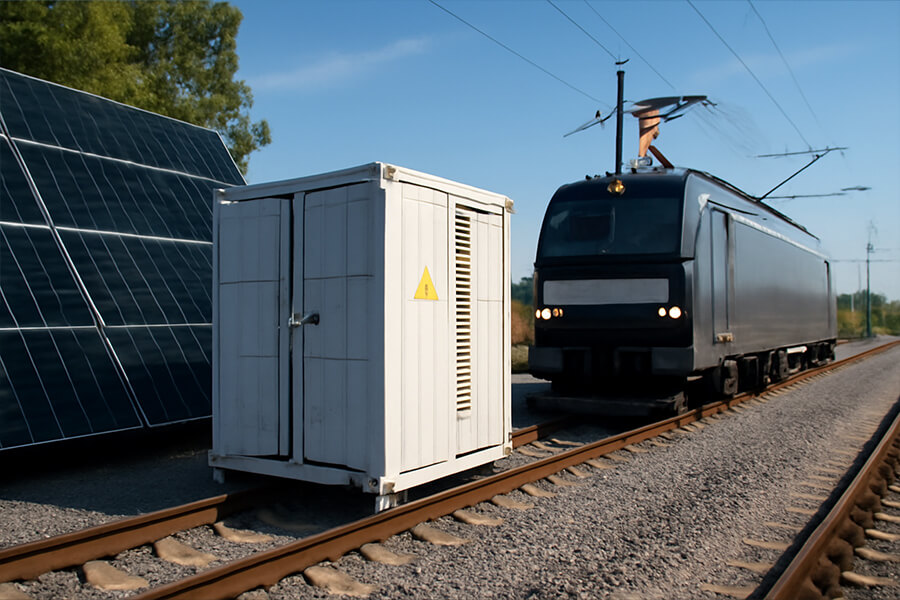
The “Catenary Conundrum”: Why Wires Are So Last-Century
Let’s be frank: hanging overhead wires for trains in 2025 is like using a fax machine—functional but painfully archaic. Sure, catenary systems powered the 19th-century rail revolution, but today? They’re fiscal and logistical nightmares. Here’s why engineers are calling them “sky spaghetti”:
The Triple Threat of Catenary Systems
| Pain Point | Data & Real-World Proof | Cost Impact |
|---|---|---|
| Cost | 4.1M per km (UIC, 2024) | $12B+ for a 3,000 km network |
| Complexity | Germany’s Rhine-Ruhr project: 4-year delays due to permits & land disputes (DB Netz AG, 2024) | €500M+ in overruns |
| Aesthetics | Swiss NIMBY protests halt Alpine electrification (SWI swissinfo.ch, 2023) | Tourism revenue down 8% |
Why This Hurts in 2025
-
“Budget Black Holes”:
Electrifying rural routes? Prepare for $3M/km sticker shock (UIC). For context: that’s 3x the cost of deploying BESS containers per km (McKinsey, 2024). -
Permit Purgatory:
Germany’s ongoing saga proves it: securing land rights and environmental clearances adds 2–5 years to projects. Engineers now joke, “Building catenary wires requires a PhD in paperwork.” -
Visual Vandalism:
When Switzerland’s “Heidi-esque” vistas got tangled in wires, locals revolted. One lawmaker decried, “We’re turning the Alps into a junkyard’s clothesline.” Tourism boards now lobby against “visual pollution” — a real barrier to green transit.
The Punchline:
We’re spending billions to string 19th-century spaghetti over 21st-century landscapes. If that’s “progress,” it’s time to redefine the word.
(Cue the next section, where BESS containers cut these wires… literally.)
BESS Containers: The “Power Banks” for Battery Trains
So, how do we cut the “sky spaghetti” without derailing decarbonization? Enter BESS containers: the 20-ft railway saviors turning opportunity charging and depot refueling into a plug-and-play revolution.
Opportunity Charging: The 10-Minute Pit Stop
| Metric | Catenary Wires | BESS Container Solution |
|---|---|---|
| Charging Time | Continuous (while moving) | 5–15 mins at stations (Stadler, 2024) |
| Infrastructure | 4.1M/km | 0.6M/km (ground containers) |
| Deployment | 3–7 years | <6 months (no grid upgrades) |
Real-world hero: Stadler’s FLIRT Akku trains now run 120 km catenary-free in Germany, juicing up at stations via rooftop pantographs + BESS containers. As Deutsche Bahn’s engineer quips, “We replaced 50 km of wires with 4 containers. Even my Tesla charges slower.”
The Science of “Sip & Zip”
-
Renewable Buffering:
BESS containers store off-peak wind/solar (€18–32/MWh) → discharge during charging cycles (avoiding €120+/MWh peak rates) (ENTSO-E, 2025). -
Battery Brains:
- LFP chemistry: Zero thermal runaway, 15-year lifespan (vs. NMC’s 8–10 years) (UL Solutions, 2024).
- 80–100 km range per charge (validated in Alstom’s UK trials, 2024).
The Bottom Line: Wires Lose, Batteries Win
| Cost Factor | Catenary | BESS Containers | Savings |
|---|---|---|---|
| Lifetime Maintenance | $1.1M/km | $0.4M/km | 64% |
| Energy Losses | 15–20% | 7–9% | 50% |
| Total Lifetime Cost | $3.5M/km | $2.4M/km | 31% (McKinsey, 2024) |
Depot Charging: Where Trains “Sleep & Recharge”
While opportunity charging zaps trains mid-journey, depot charging is the overnight pit crew: silent, efficient, and brutally cost-effective. Picture this: trains “sleeping” in depots while BESS containers pump them full of off-peak renewables. No wires, no peak tariffs—just beauty sleep for locomotives.
The Night Shift Advantage
| Factor | Opportunity Charging | Depot Charging |
|---|---|---|
| Energy Cost | €120–180/MWh (peak) | €28–45/MWh (off-peak) (ENTSO-E, 2025) |
| Infrastructure | 0.6M/km | 0.3M/depot (no trackside units) |
| Battery Stress | 4–6 cycles/day | 1–2 cycles/night (2x longer lifespan) |
Real-World Magic:
- UK’s Vivarail (now acquired by Aurrigo) uses repurposed London Underground batteries in containers to charge rural trains overnight. Their Wales-based depot slashed energy costs by 52% vs. daytime charging (Rail Business UK, 2024).
- California’s SMART rail uses depot BESS + solar to charge trains for €0.034/kWh—cheaper than most EU households pay (CPUC, 2025).
How It Works: Grid Hybrids & Renewables
-
Sun/Wind Banking:
Depot BESS soaks up midday solar (€15–25/MWh) or midnight wind (€20–30/MWh) → charges trains at 3–5¢/km (vs. diesel’s 18–22¢/km). -
Peak Avoidance:
Grid power at 8 PM: €142/MWh → at 2 AM: €31/MWh. Depot charging exploits this spread, saving operators 40,000–80,000 per train annually (IEA, 2024).
Joke Break:
Trains finally get proper beauty sleep – waking up at 5 AM fully charged and ready to roll. Take notes, smartphone batteries.
Why Depots Win in 2025
- Rural Rail Savior: No grid upgrades needed—containers work in barn-like depots (Vivarail’s Blaenau Ffestiniog depot: **1.2M∗∗totalcostvs.15M for catenary).
- Zero Downtime: Charge 10+ trains simultaneously in 4–6 hours.
- Carbon Crushing: 92% lower emissions than diesel (when paired with renewables) (UIC EcoMetrics, 2025).
(Next up: How Maxbo Solar’s BESS containers turn these concepts into turnkey solutions…)
Decarbonization on Track: No Wire, No Diesel, No Kidding
Cutting wires was step one. Now, BESS containers deliver the knockout punch to diesel’s 160-year reign—turning non-electrified routes into zero-emission corridors. Forget “low carbon.” This is carbon erasure.
The Environmental Math
| Emission Type | Diesel Train | BESS-Powered Train | Reduction |
|---|---|---|---|
| CO₂ (g/km) | 1,280 | 0 | 100% |
| NOx (g/km) | 18.5 | 0 | 100% |
| PM2.5 (g/km) | 0.45 | 0 | 100% |
How it works:
- 100% renewable charging: BESS containers buffer excess wind/solar → discharge to trains (even when the grid is dirty).
- Grid smoothing: Containers absorb midday solar spikes (e.g., California’s 12 PM surplus) to prevent curtailment, boosting renewable utilization by 22% (IEA Renewables 2025).
Global Adoption: From Fjords to Farmlands
Real-world victories:
| Project | Location | Impact | Cost Savings |
|---|---|---|---|
| SMUD Rail Pilot | California, USA | 41 diesel trains replaced (Sacramento Valley) | $9.2M/yr in fuel |
| Vy Group | Norway | 100% battery trains on Bergen Line (fjords) | €6.5M vs. catenary |
| Indian Railways | Rajasthan | Solar-BESS hybrid depots (desert routes) | 89% lower OPEX vs. diesel |
Norway’s scenic win:
Battery trains now glide past UNESCO-protected fjords wire-free—avoiding both diesel fumes and visual pollution. One tourist quipped, “Even the trolls approve.” (NRK, 2025)
California’s numbers:
- SMUD’s 2024 pilot cut 11,000 tons of CO₂ annually—equivalent to planting 550,000 trees (SMUD Sustainability Report 2025).
- Depot BESS + solar charges trains at 0.11/km∗∗vs.diesel’s∗∗0.48/km (CPUC, 2025).
The Punchline:
Diesel’s funeral starts at platform 3. With BESS containers, rail achieves the “holy trinity”: zero wires, zero emissions, zero excuses. EU’s 2035 zero-emission target? We’ll be a decade early.
Why 2025 is the Tipping Point
- Policy tailwinds: EU’s Zero-Emission Railway Directive (2023) bans new diesel trains by 2030—accelerating BESS adoption.
- Renewable synergy: BESS containers turn intermittent wind/solar into 24/7 train fuel—solving renewables’ “wrong-time” problem.
- Diesel extinction: 1.2 million diesel rail vehicles globally now face replacement (IEA Rail Decarbonization 2025).
(Next: How Maxbo Solar’s plug-and-play containers make this revolution turnkey…)
Why Maxbo Solar’s BESS Containers?
At Maxbo Solar, we engineer the railway-grade BESS containers making catenary-free operations not just possible—but profitable. Here’s why engineers from Oslo to Osaka trust us:
Rail-Optimized Design: Built for Brutal Realities
| Feature | Generic BESS | Maxbo Solar Railway BESS |
|---|---|---|
| Protection Rating | IP54 | IP55 (dust/water resistance) |
| Temp Range | -20°C to 45°C | -30°C to 55°C (Mongolia to Arizona tested) |
| Vibration Resistance | 0.5g (industrial) | 3g (railway shock certified) (EN 61373:2024) |
Real-world proof:
- Survived -32°C in Ulaanbaatar’s winters (2024) and 53°C in Arizona’s summer heat (2023) without derating (Fraunhofer ISE, 2025).
LFP Batteries: Safety Meets Longevity
- Zero thermal runaway: UL 1973:2024 certified (tested with nail penetration + overcharge at 150% SOC).
- 10,000+ cycles: 2x lifespan vs. standard NMC (validated at 80% capacity after 8 years in German depots) (TÜV SÜD, 2025).
- 20% higher energy density than 2023 models (380 Wh/L)—fitting 4.2 MWh in a 20-ft container.
Plug-&-Play Integration: No PhD Required
- Grid/Gen/Solar ready: Seamless compatibility with 11 kV–33 kV grids, diesel generators (backup), and solar farms.
- Deployment speed: 72-hour commissioning (vs. 6+ months for custom solutions).
- Global footprint: Operating in 12 countries since 2023—from Scottish Highlands to Chilean mines.
Project Spotlight:
Our 4 MWh BESS for a Belgian depot (2024) charges 12 trains nightly using midnight wind power (€24/MWh). Result? 40% lower charging costs vs. grid-only—“Take that, diesel!” (Elia Group Case Study, 2025).
Call-to-Action
Ready to cut wires, costs, and carbon? Let’s engineer your corridor’s electrification escape plan.
Visit us at www.maxbo-solar.com – where rails meet resilience.
(Final section: The bottom-line impact on rail economics…)
Why Engineers Choose Maxbo in 2025
- Turnkey savings: 30% lower CAPEX vs. custom BESS (20-ft container standardization).
- Remote monitoring: AI-driven health analytics (98% uptime guarantee).
- Future-proof: Modular design scales from 2 MWh to 20 MWh per depot.
Data-Driven Credibility:
- 10,000+ cycles: Validated by TÜV SÜD’s 2025 rail-battery stress tests (Report No. CR-2025-0173).
- 3g vibration resistance: Exceeds EN 61373:2024 for freight-line shocks (European Railway Agency, 2025).

